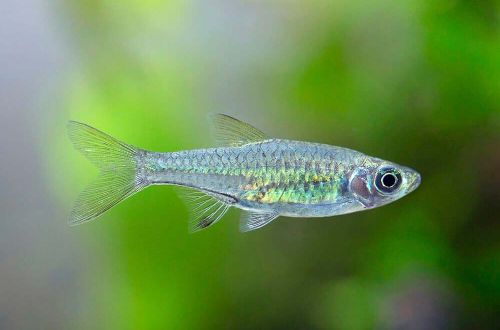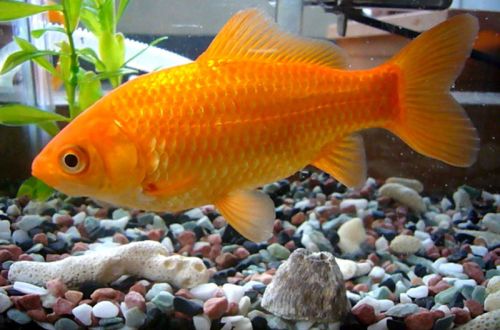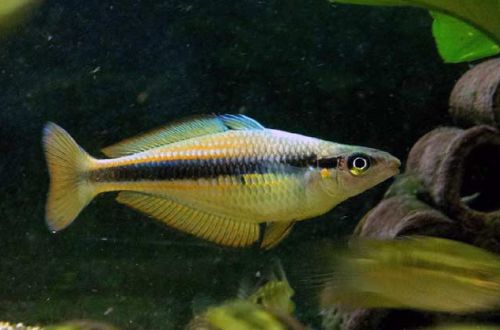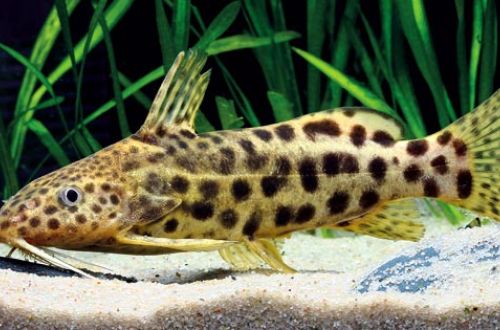
Rasbora Bankanensis
Rasbora Bankanensis, scientific name Rasbora bankanensis, belongs to the family Cyprinidae (Cyprinidae). The fish is native to Southeast Asia, found in the river systems of the Malay Peninsula in what is now Malaysia and Thailand. Inhabits small streams and rivers flowing among tropical forests, as well as in swamps and other wetlands. The water in tropical peat swamps has a rich brown color due to the high concentration of tannins and other tannins resulting from the decomposition of numerous plant organic matter.

Edukiak
Deskribapena
Adults reach a length of up to 6 cm. It has a classic slender body shape with small fins and a tail. Against the background of modest size, large eyes stand out, helping to navigate in dark waters. The color is silvery blue with a greenish tint. There is a black spot on the anal fin.
Portaera eta bateragarritasuna
The Rasbora Bankanensis is a lively, active fish with a peaceful disposition. It prefers to be in the company of relatives and similar in size species of comparable size, for example, from among the related Rasbor, Danio and others.
Informazio laburra:
- Aquariumaren bolumena 40-50 litrokoa da.
- Tenperatura - 24-27 °C
- Balioa pH - 5.0-7.0
- Uraren gogortasuna - 4-10 dGH
- Substratu mota - biguna iluna
- Argiztapena - apalduta
- Ur gazia - ez
- Uraren mugimendua - gutxi edo ez
- Arrainaren tamaina 6 cm-koa da.
- Janaria - edozein janari
- Tenperamentua - lasaia
- 8-10 pertsonako taldean mantentzea
Mantentzea eta zaintzea, akuarioaren antolaketa
Relatively easy to maintain. The optimal size of the aquarium for a group of 8-10 fish starts from 40-50 liters. The layout is arbitrary. It is recommended that there are places for shelters and free areas for swimming. Decoration can be a combination of thickets of aquatic plants, snags, placed on a dark substrate covered with a layer of leaves.
The leaves and bark of some trees will become a valuable source of tannins, just as they do in their natural habitat.
The hydrochemical composition of water is important. It is important to ensure and maintain low pH and dGH values.
Regular maintenance of the aquarium, along with the smooth operation of the filtration system, will avoid excessive accumulation of organic waste and, as a result, water pollution by fish waste products.
Janari
Omnivorous, will accept most popular foods of suitable size in dry, frozen and live form.





